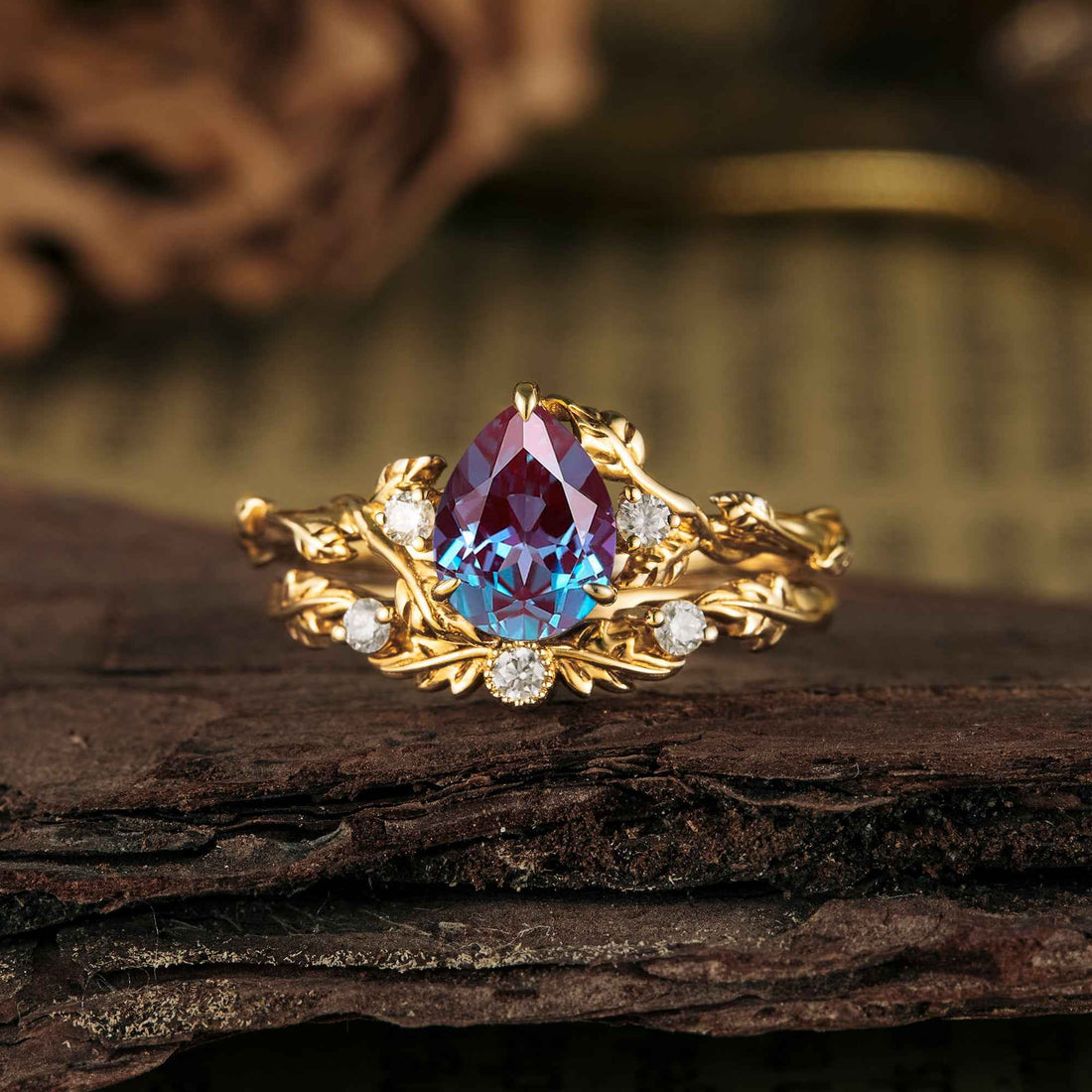The Significance of Alexandrite Rings in the Jewelry Industry
Body
Introduction to Alexandrite Rings
Alexandrite rings are renowned for their unique color-changing properties, making them a highly sought-after gemstone in the jewelry industry. This rare gem, discovered in the Ural Mountains of Russia in the 1830s, has captivated jewelry enthusiasts and collectors alike. But what makes alexandrite rings so special?

Unique Properties of Alexandrite
One of the most fascinating aspects of alexandrite is its ability to change color depending on the light source. Under natural daylight, alexandrite typically appears green or bluish-green. However, under incandescent light, it transforms into a red or purplish-red hue. This phenomenon, known as the "alexandrite effect," is due to the gemstone's complex crystal structure and the presence of chromium.
"The color-changing property of alexandrite is a result of its unique crystal structure and the presence of chromium, making it one of the most intriguing gemstones in the world."
Historical Background and Cultural Significance
Named after Tsar Alexander II of Russia, alexandrite has a rich historical background. It was first discovered in the Ural Mountains and quickly became a symbol of Russian aristocracy. Over time, alexandrite has been associated with various cultural beliefs and myths. For instance, it is often considered a stone of good fortune and is believed to bring balance and harmony to its wearer.
Why Alexandrite Rings Are Highly Valued
Several factors contribute to the high value of alexandrite rings:
- Rarity: Natural alexandrite is extremely rare, making it a prized possession for collectors.
- Color Change: The unique color-changing property adds to its allure and mystique.
- Durability: Alexandrite is a durable gemstone, making it suitable for everyday wear.
Moreover, the intricate craftsmanship involved in creating alexandrite rings further enhances their value. Jewelers often design these rings to highlight the gemstone's color-changing properties, making each piece a work of art.
Choosing the Perfect Alexandrite Ring
When selecting an alexandrite ring, consider the following factors:
- Color: Look for a stone with a strong color change and vibrant hues.
- Clarity: While some inclusions are acceptable, a clearer stone is generally more valuable.
- Cut: A well-cut alexandrite will enhance its color-changing properties.
Additionally, ensure that you purchase from a reputable jeweler who can provide certification for the gemstone's authenticity.
Conclusion
In conclusion, alexandrite rings are a unique and valuable addition to any jewelry collection. Their rare color-changing properties, rich historical background, and cultural significance make them highly coveted in the jewelry industry. Whether you are a collector or simply appreciate fine jewelry, an alexandrite ring is a timeless piece that will continue to captivate and enchant.
Related Products
Explore our collection of exquisite alexandrite rings:

Watch this video to learn more about the unique properties of alexandrite:









Comments